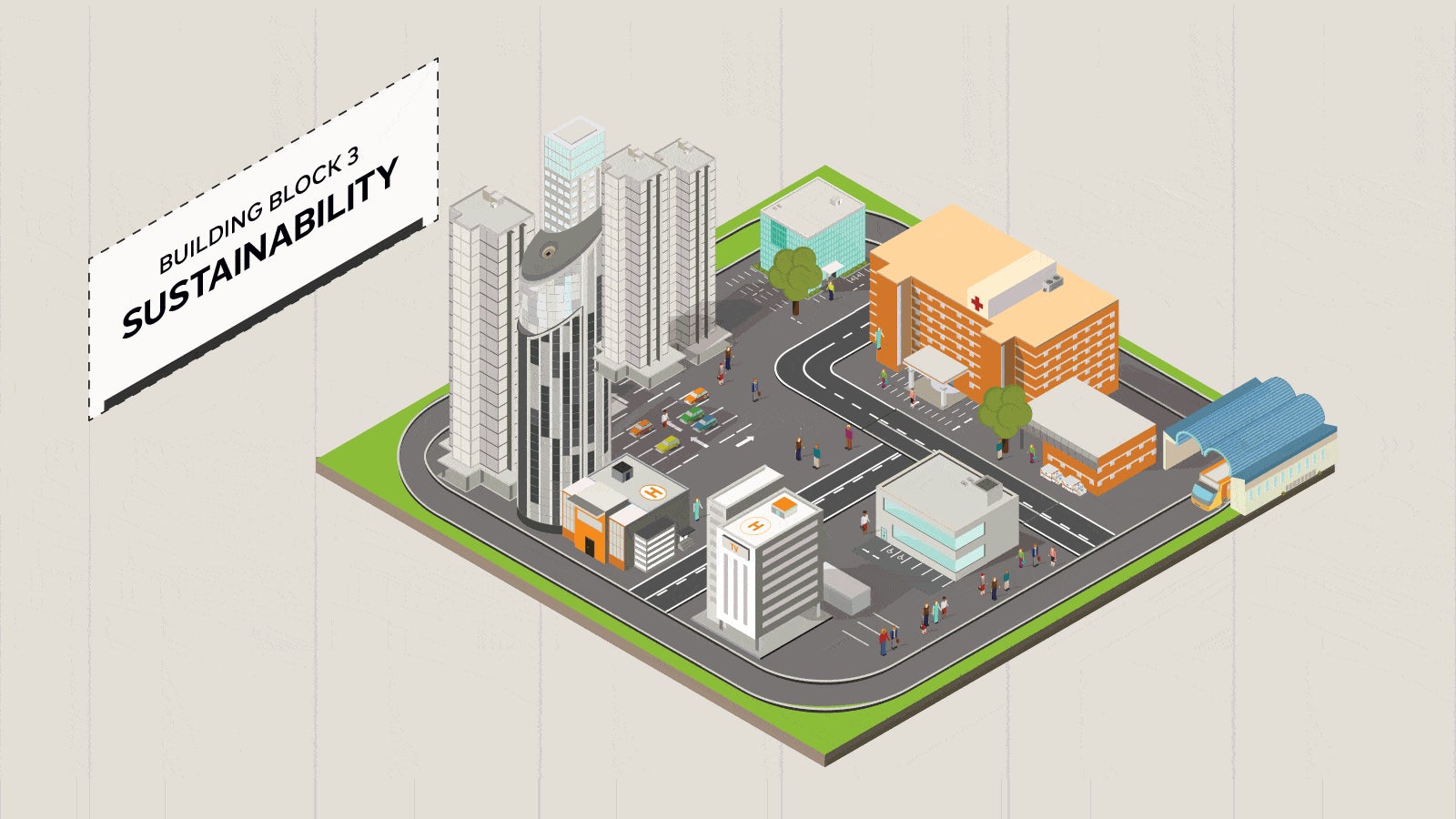Reducing road rage and carbon emissions: Sydney’s light rail project is underway
The National Mall in Washington, DC. The 1909 Plan of Chicago. The San Antonio Riverwalk. These urban icons all grew from a planning philosophy in the 1890s and 1900s focused on how we live and how we could live better. Leading thinkers of that era called their idea the City Beautiful Movement, which sought to make urban areas more beautiful, more grandiose, and more democratic.


The National Mall in Washington, DC. The 1909 Plan of Chicago. The San Antonio Riverwalk. These urban icons all grew from a planning philosophy in the 1890s and 1900s focused on how we live and how we could live better. Leading thinkers of that era called their idea the City Beautiful Movement, which sought to make urban areas more beautiful, more grandiose, and more democratic.
Today, a new conversation is underway: how to forge future cities in a digital age. As the percentage of the world living in urban areas swells—from 54% today to an expected 66% by 2050, according to the United Nations—citizens, mayors, and government officials are racing to understand how the private and public sector can work together to improve people’s lives through technology. They seek to make cities more hospitable, stronger in the face of adversity, and better suited to a rapidly changing global environment.
Call it the City Possible Movement.
The City Possible Movement encompasses the full spectrum of work being done to improve life in urban areas. Whether its successes are referred to as smart cities, connected cities, future-proof cities, or digital cities, the movement toward a City Possible ultimately seeks to give citizens access to all of the networks that power the modern economy—including transportation, energy, education, finance, and communication.
Doing so “requires a holistic approach to partnering that involves state and city governments and private corporations, but also civil society and academia,” said Hunter Woolley, who oversees Mastercard’s work with cities in North America.
Leaders in the public and private sectors are imagining what’s possible for their cities, focusing on building blocks that form the foundation of these ideas: citizen-centered design, inclusion, sustainability, and resilience. Here’s a look at how one of those building blocks, sustainability, is coming to life in Sydney, Australia.
Sustainability
Definition: A focus on reducing reliance on resources and practices that can contribute to climate change and unpredictable temperatures.
Where: Sydney, Australia
Problem: Rising temperatures and climate change is one of the biggest threats facing cities such as Sydney, says Lord Mayor Clover Moore. The city is a member of C40 and one of 100 participating in an initiative by The Rockefeller Foundation to help cities prepare for and address physical, social, and economic issues.
Approach: A light rail system that will connect the northern and southern parts of Sydney is one of the many ways the city has introduced sustainable public transportation solutions.
Detail: The light rail vehicles could accommodate 450 passengers, which is equivalent to about nine standard buses or 13,500 passengers per hour. The light rail system uses 10 times less energy than a car, per passenger kilometer, according to Transport for New South Wales. The system is expected to reduce carbon dioxide and other greenhouse gas emissions by 663,000 tons over the next 30 years by getting cars and busses off of the road.
Continuing Challenge: Minimizing the impact on community and businesses during the construction period is a challenge with a project of this size. It’s important to keep the public engaged and informed with ongoing communication to make sure goodwill is maintained.
Read stories exploring other building blocks—
citizen-centered design
,
inclusion
,
and
resilience
—that are taking shape in cities around the world.
Click here to learn how Mastercard is helping to create more inclusive, sustainable, and resilient cities.
This article was produced on behalf of Mastercard by Atlantic Media Strategies and not by the Quartz editorial staff.